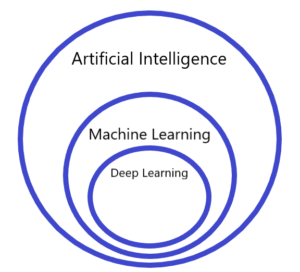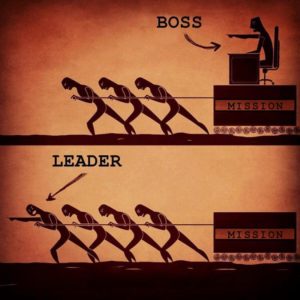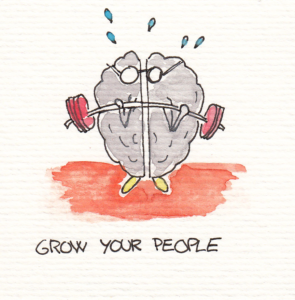Conoce las diferencias entre deep
learning y machine learning
La inteligencia artificial avanza constantemente y es abrumador mantenerse actualizado. Sin embargo, si deseas simplificar los conceptos de inteligencia artificial, puedes reducirlo todo en dos principales: machine learning y deep learning. ¿Acaso no son lo mismo? A veces pensamos eso, pero es un error y es fundamental saber las diferencias.
Comprender las diferencias entre ellos puede ayudarte a comprender cómo Facebook reconoce rostros en fotos, cómo funcionan los vehículos autónomos y cómo Netflix determina qué programas podrían gustarte. Acá te explicaremos las principales diferencias entre machine learning y deep learning.
Primero que todo, ¿qué son?
En realidad, el deep learning es solo una forma de machine learning y ambos son formas de inteligencia artificial. Eso significa que todo deep learning es machine learning pero no todo machine learning es deep learning. Ambos comienzan con entrenamiento, prueba de datos y un modelo. Ambos pasan por un proceso de optimización para que el modelo se adecúe a la data. Ambos manejan problemas de regresión y clasificación.
Ahora que ya explicamos sus similitudes fundamentales, podremos explicar mejor qué son. Los algoritmos de machine learning se dividen en supervisados y no-supervisados. Los problemas supervisados se dividen en problemas de clasificación, que predicen respuestas no-numéricas y de regresión, que predicen respuestas numéricas.
Los algoritmos no-supervisados se dividen en agrupamiento (identificar grupos de objetos similares), asociación (identificar secuencias de objetos) y reducción de dimensiones (como proyección y selección y extracción de características).
Por otra parte, deep learning es una forma particular de machine learning donde el modelo tiene más de una capa entre el problema y la solución. Esto significa que un algoritmo de un modelo de deep learning puede determinar si una predicción es acertada o no, lo cual significa que es más avanzado que los algoritmos de machine learning básicos. Están diseñados de forma que analizan la data a través de una estructura lógica similar a la de un ser humano.
Un maravilloso ejemplo de deep learning es AlphaGo, de Google. La compañía creó un programa que incluía una red neuronal y aprendió a jugar el juego de mesa Go, que requiere profundas habilidades de intuición. AlphaGo jugó contra jugadores profesionales y el algoritmo llegó a jugar a un nivel sin comparación sin que le dijesen cuándo y cómo hacer una movida específica.

Las diferencias
Primero que todo, como dijimos anteriormente, el deep learning es una forma más avanzada de machine learning. El machine learning típico usa algoritmos para analizar la data, aprender de ella y tomar decisiones basadas en lo que aprende. El deep learning, en cambio, organiza algoritmos en distintas capas. Esta estructura se llama “red neuronal” que aprende y toma decisiones de forma autónoma. Eso significa que, aunque todo machine learning es inteligencia artificial, el deep learning es la base de casi toda la inteligencia artificial similar a la lógica humana.
Eso significa que el deep learning puede descubrir elementos que clasificar, mientras que el machine learning requiere que dichos elementos se le provean manualmente. En consecuencia, el deep learning requiere maquinaria de punta y grandes cantidades de datos para entregar resultados que se asemejen a la lógica humana.




